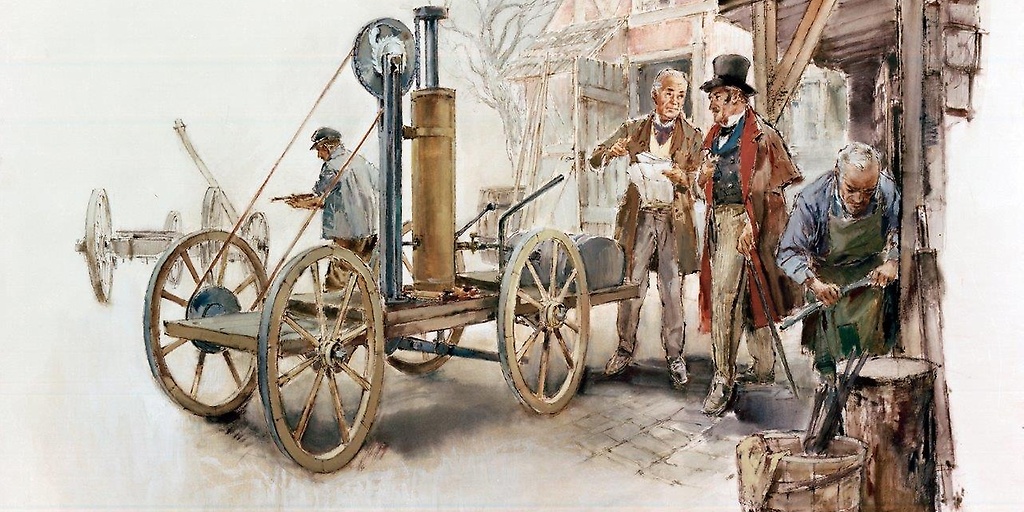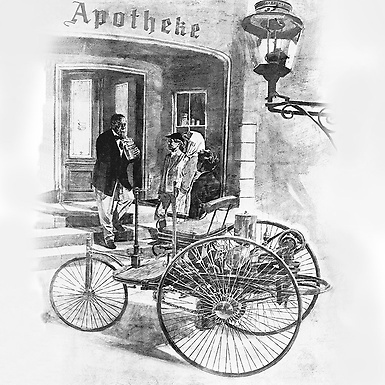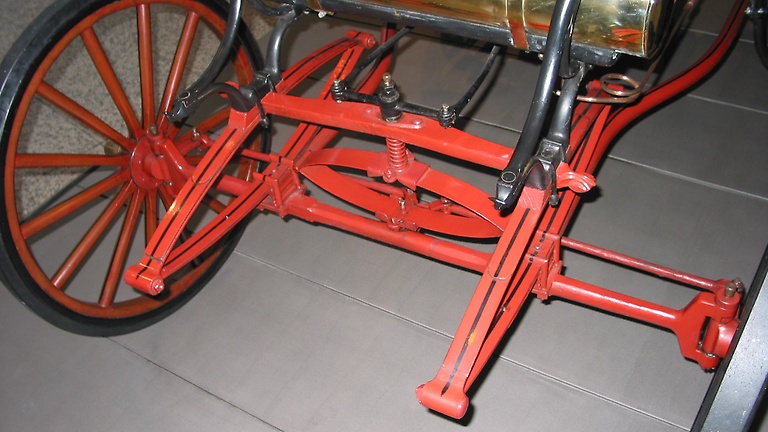 Benz Patent Motor Car In 1886
Benz Patent Motor Car In 1886
Mercedes Benz First Car
The Benz patent engine vehicle was the world's most memorable fuel engined car. In contrast to Daimler's mechanized carriage, the engine vehicle - of which you see a reproduction here - framed an independent element of body and motor. Carl Benz planned the vehicle as a three-wheeler since he was not happy with the controlling frameworks accessible for four-wheeled vehicles back in 1886...
- Cylinders 1
- Displacement 58 cu in
- Output 0.75 PS (0.55 kW)
- At engine speed 400/min
- Top Speed 10 mph

The primary fixed fuel motor created via Carl Benz was a one-chamber two-stroke unit which ran interestingly on New Year's Eve 1879. Benz had such a lot of business accomplishment with this motor that he had the option to give additional opportunity to his fantasy about making a lightweight vehicle fueled by a gas motor, in which the frame and motor shaped a solitary unit.
The significant elements of the two-seater vehicle, which was finished in 1885, were the minimized fast single-chamber four-phase motor introduced evenly at the back, the rounded steel outline, the differential and three wire-spoked wheels. The motor result was 0.75 hp (0.55 kW). Subtleties incorporated a programmed consumption slide, a controlled exhaust valve, high-voltage electrical vibrator start with flash fitting, and water/thermo siphon dissipation cooling.
The principal car
On January 29, 1886, Carl Benz applied for a patent for his "vehicle controlled by a gas motor." The patent - number 37435 - might be viewed as the birth declaration of the car. In July 1886 the papers covered the main public excursion of the three-wheeled Benz Patent Motor Car, model no. 1.
Long-distance journey by Bertha Benz (1888)
Utilizing a better rendition and without her significant other's information, Benz's better half Bertha and their two children Eugen (15) and Richard (14) left on the principal significant distance venture in car history on an August day in 1888. The course incorporated a couple of diversions and took them from Mannheim to Pforzheim, her place of birth.
With this excursion of 180 kilometers including the return trip Bertha Benz exhibited the reasonableness of the engine vehicle to the whole world. Without her trying - and that of her children - and the conclusive boosts that came about because of it, the ensuing development of Benz and Cie. in Mannheim to turn into the world's biggest auto plant of its day would have been unimaginable.

Double-pivot steering, contra engine, planetary gear transmission (1891 – 1897)
It was Carl Benz who had the twofold turn controlling framework protected in 1893, consequently tackling one of the most critical issues of the car. The principal Benz with this controlling framework was the three-hp (2.2-kW) Victoria in 1893, of which marginally bigger numbers with various bodies were constructed. The world's most memorable creation vehicle for certain 1200 units constructed was the Benz Velo of 1894, a lightweight, strong and economical minimal vehicle.
1897 saw the improvement of the "twin motor" comprising of two flat single-chamber units in equal, but this demonstrated unsuitable. It was promptly trailed by a superior plan, the "contra motor" in which the chambers were organized inverse one another. This was the introduction of the evenly gone against cylinder motor. Continuously introduced at the back by Benz until 1900, this unit produced up to 16 hp (12 kW) in different variants.

The Benz patent engine vehicle Victoria is the principal vehicle with the twofold turn guiding for which Carl Benz documented a patent in 1893.


0 Comments